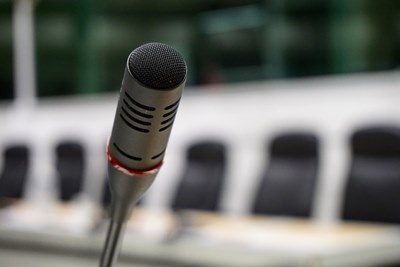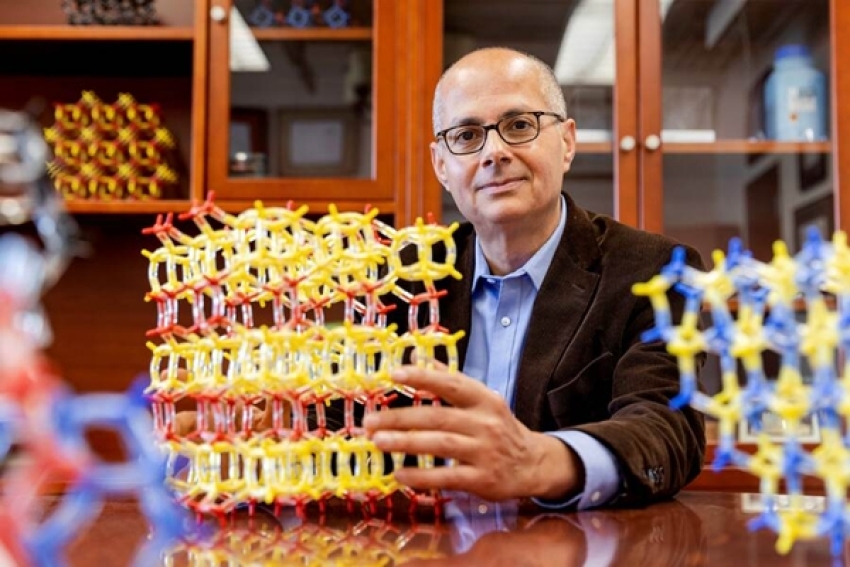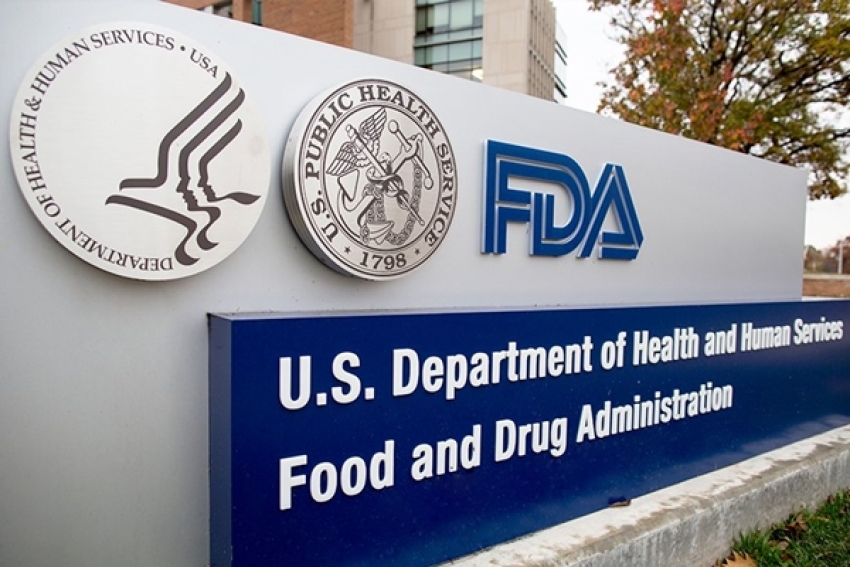Extracellular vesicles (EVs) are lipid bilayer-enclosed particles released by all cell types, ranging in size from 20 nanometers to 10 microns. EVs are categorized into small EVs (sEVs) (<200 nm) and large EVs (lEVs) (>200 nm). Their composition varies depending on their cell of origin and includes proteins, lipids, nucleic acids, metabolites, and organelles. EVs are classified into various subtypes, such as ectosomes, microvesicles, and exosomes, based on their biogenesis. They play diverse biological roles, such as eliminating unwanted materials, transferring proteins and nucleic acids, recycling molecules, signaling, and aiding in cancer metastasis.
In recent years, biomedical research globally and in Taiwan has made significant strides, particularly in developing and applying EVs technology since EVs involved in aging, inflammation, coagulation, disease progression, T cell longevity, and serve as potential biomarkers. Modern biomedical research demands interdisciplinary collaboration and knowledge sharing, with close interaction between different fields now essential for advancing exosome research and its applications. At the upcoming International Forum of Extracellular Vesicles Technology and Novel Therapeutics, participants will explore the latest advancements in exosome technology and its applications in various diseases, driving forward scientific progress in this field.
| Time | Theme | Title | Speaker | Moderator |
| 08:00~08:30 | Registration | |||
| 08:30~08:40 | Opening Ceremony | Chang-Hai Tsai | ||
| 08:40~09:30 | Keynote Speech | Exosomes and tubular connections in membrane repair and intercellular traffic of proteins and RNA | Randy Wayne Schekman | Mien-Chie Hung |
| 09:30~09:40 | Group Photo | |||
| 09:40~10:10 | Frontier Insights | Effects of extracellular vesicles on immune checkpoint and vector development for EVs to target tumor cells | Mien-Chie Hung | Der-Yang Cho |
| 10:10~10:30 | Break | |||
| 10:30~11:00 | Pioneered Trends | Transitioning EV isolation from the bench to the bedside | Andreas Möller | Pin-Kuang Charles Lai |
| 11:00~11:30 | HLA-G targeted exosome and its application | Jennifer Ho | ||
| 11:30~12:00 | Extracellular Vesicles as a vehicle to deliver CRISPR machinery for gene therapy | Houjian Cai | ||
| 12:00~13:20 | Lunch | |||
| 13:20~13:45 | Advanced Development | Untangling the Networks of Big and Small Extracellular Vesicle In Vivo | Pin-Kuang Charles Lai | Tzou-Yien Lin / Long-Bin Jeng |
| 13:45~14:10 | Engineering Extracellular Vesicles for Therapeutic Delivery | Le Thi Nguyet Minh | ||
| 14:10~14:35 | CD3ɛ Nanobody-Engineered Extracellular Vesicles Driving in vivo Generation of Dual-Targeting CAR-Ts for Solid Tumor Treatment | Shi-Wei Huang | ||
| 14:35~15:00 | Role of STAT3-FOXO3 signaling in the modulation of neuroplasticity by PD-L1-HGF-decorated mesenchymal stem cell-derived exosomes in a murine stroke model | Woei-Cheang Shyu | ||
| 15:00~15:25 | Rab37 mediates exosomal osteopontin secretion to promote pancreatic cancer metastasis and stemness | Yan-Shen Shan | ||
| 15:25~15:40 | Break | |||
| 15:40~16:05 | Ecosystem | Telomerized MSCs as standardized cell factories for EV production and engineering | Johannes Grillari | Chih-Hung Chang |
| 16:05~16:30 | Engineered extracellular vesicles for disease treatments | Chi-Ying F. Huang | ||
| 16:30~16:50 | Development of a Targeted Delivery Platform and Manufacturing Process for Drug-Encapsulated Extracellular Vesicles | YiWen Chen | ||
| 16:50~17:00 | Closing | |||
| 17:00 | Meeting Adjourn | |||



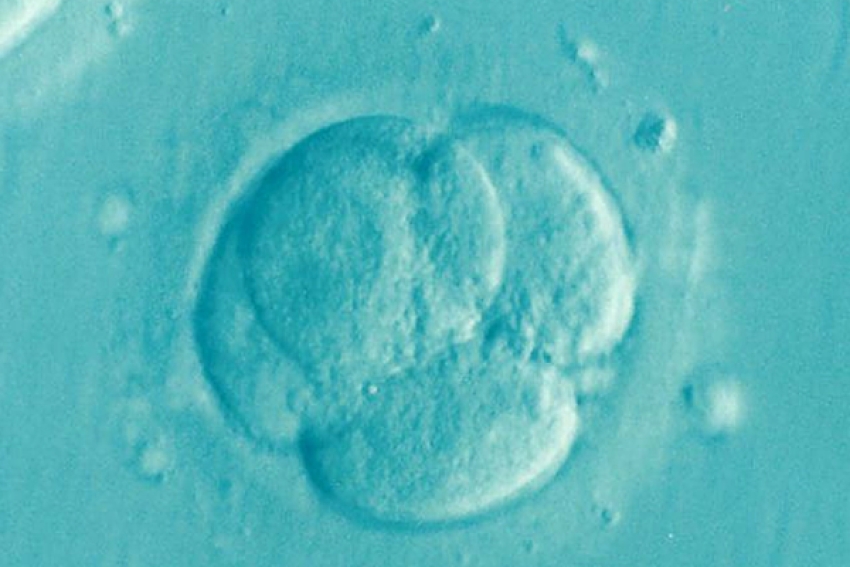
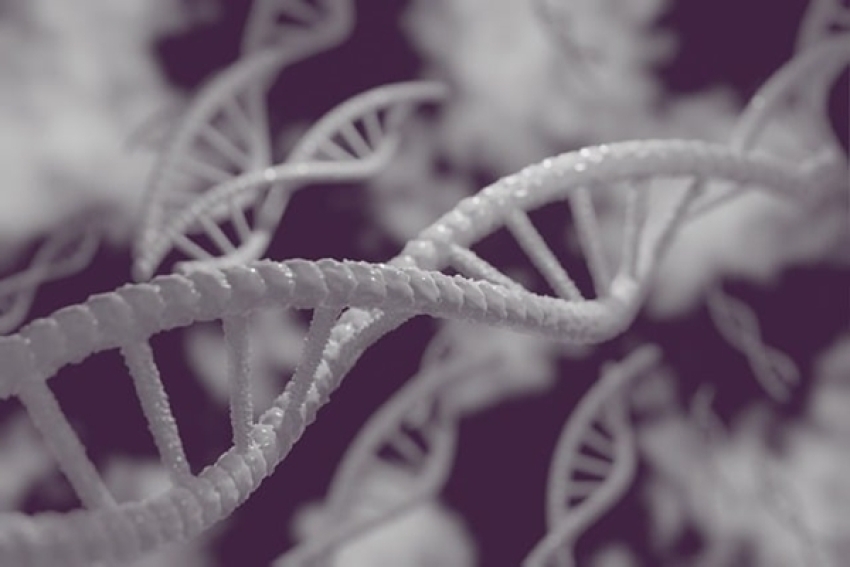
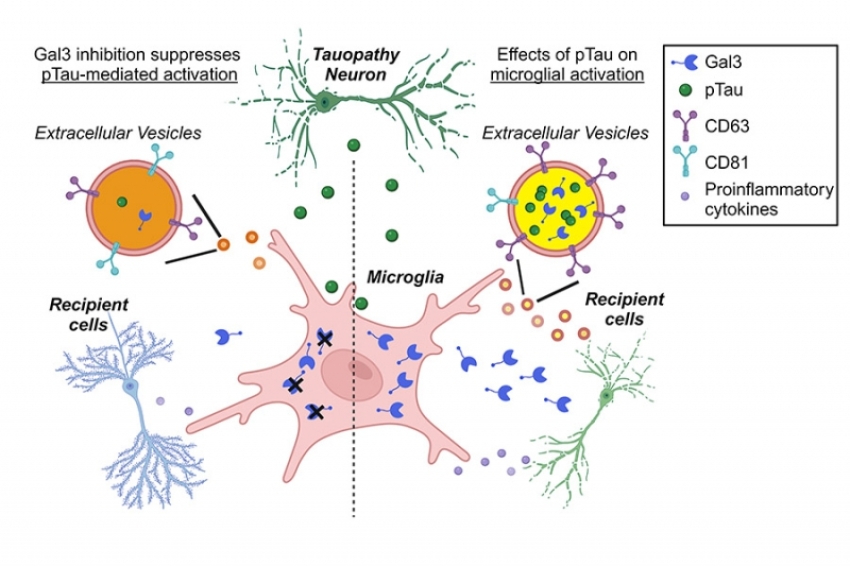

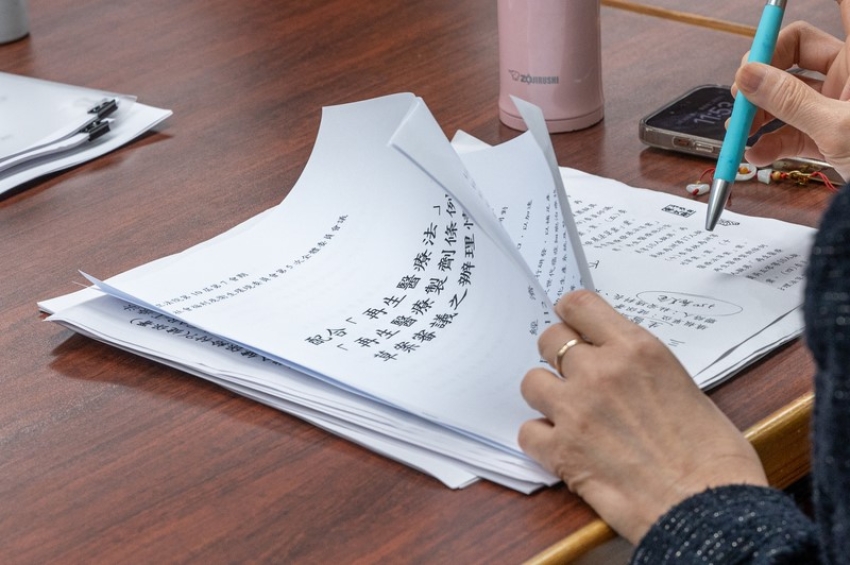

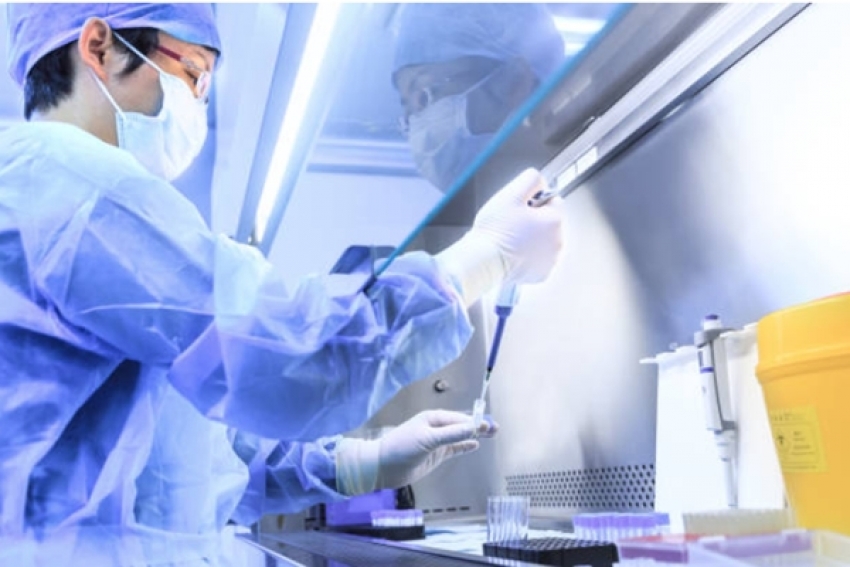
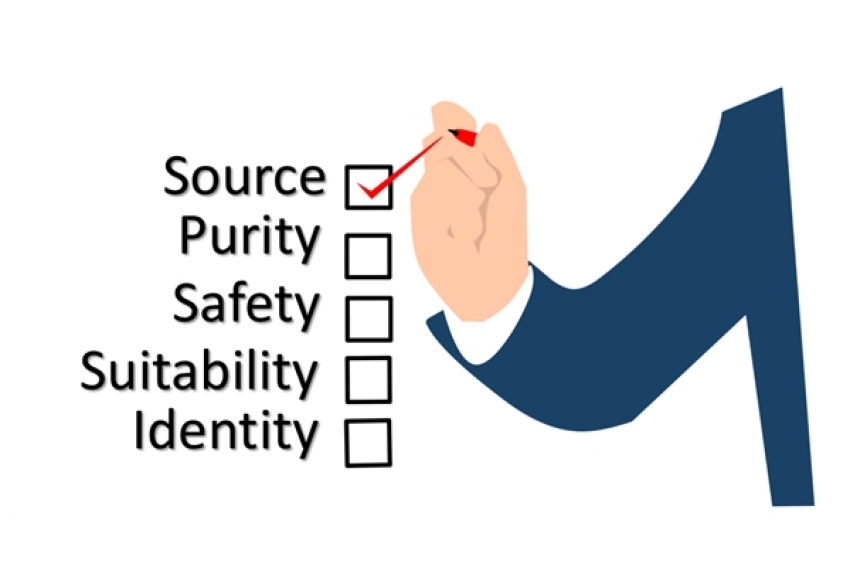
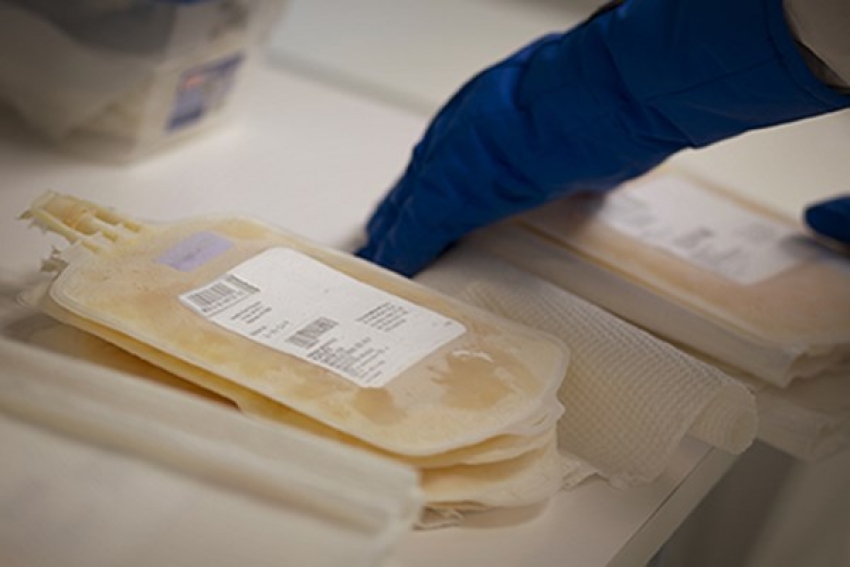
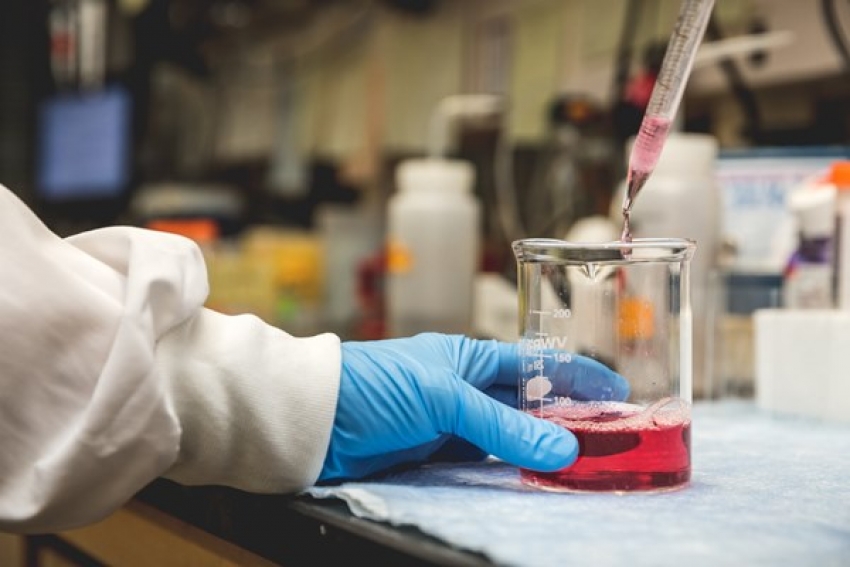

![衛福部核可之細胞治療執行單位 [持續更新]](https://biomaptw.com/media/k2/items/cache/753a82091bdf93df272697e1f26229c2_XL.jpg)
